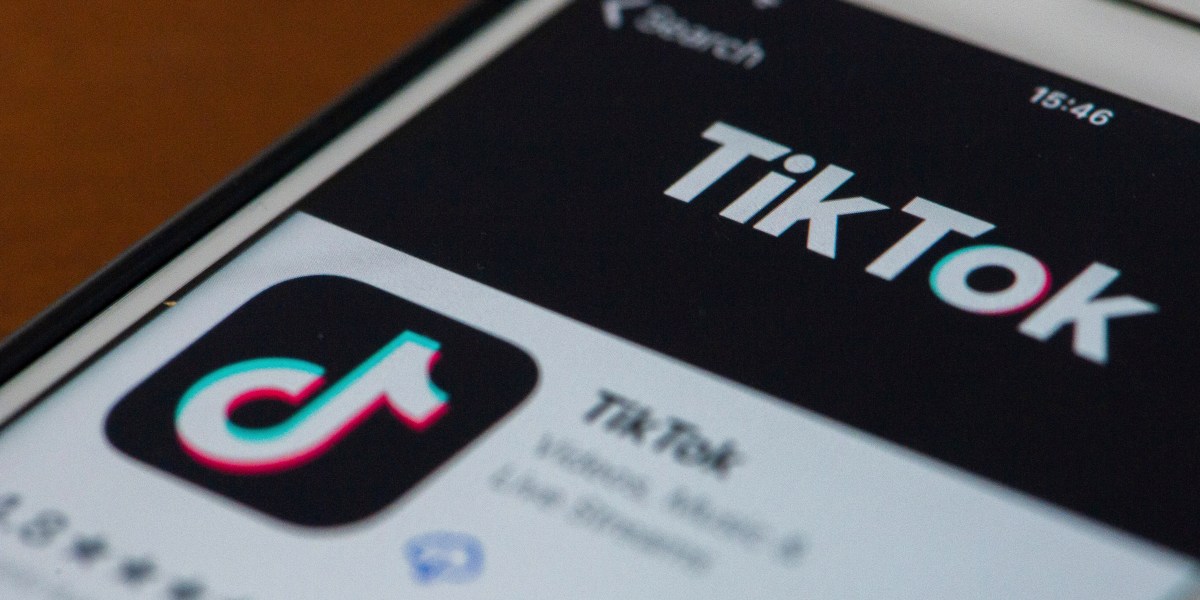TikTok changed the shape of some people’s faces without asking

On the surface it was an odd, temporary issue that affected some users and not others. But it was also forcibly changing people’s appearances—an important glitch for an app that is used by around 100 million people in the US. So I also sent the video to Amy Niu, a PhD candidate at the University of Wisconsin who studies the psychological impact of beauty filters. She pointed out that in China, and some other places, some apps add a subtle beauty filter by default. When Niu uses apps like WeChat, she can only really tell that a filter is in place by comparing a photo of herself using her camera to the image produced in the app.
A couple months ago, she said, she downloaded the Chinese version of TikTok, called Douyin. “When I turned off the beauty mode and filters, I can still see an adjustment to my face,” she said.
Having beauty filters in an app isn’t necessarily a bad thing, Niu said, but app designers have a responsibility to consider how those filters will be used, and how they will change the people who use them. Even if it was a temporary bug, it could have an impact on how people see themselves.
“People’s internalization of beauty standards, their own body image or whether they will intensify their appearance concerns,” Niu said, are all considerations.
For Dawn, the strange facial effect was just one more thing to add to the list of frustrations with TikTok: “It’s been very reminiscent of a relationship with a narcissist because they love bomb you one minute, they’re giving you all these followers and all this attention and it feels so good,” they said. “And then for some reason they just, they’re just like, we’re cutting you off.”
